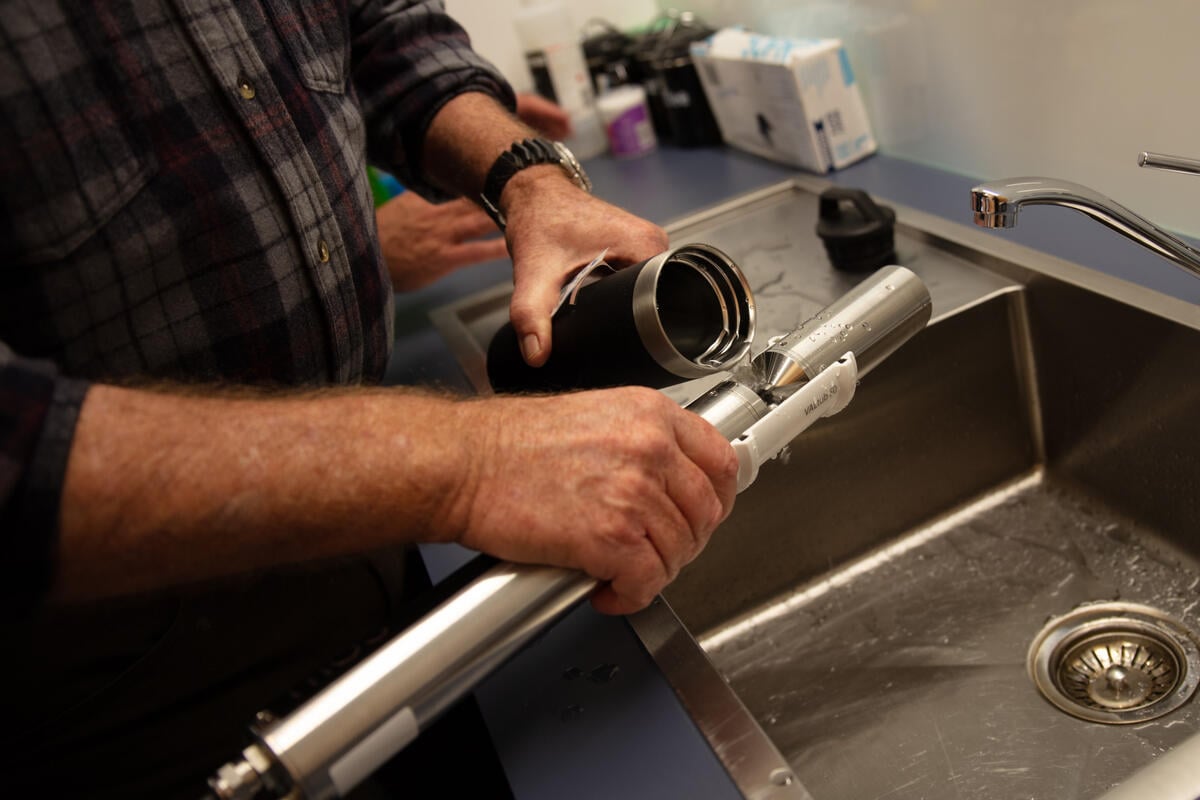New Zealand politicians, including the Prime Minister, regularly claim that New Zealand dairy farming is the “most efficient” in the world. This is a common refrain, particularly when anyone – including leading international climate scientists – points out the impacts of dairy farming.
Is it true that New Zealand dairying is more efficient than in other countries? Where does this information come from and is it reliable?
The short answer is no. But the long answer is interesting, so stick with me.
Fonterra says New Zealand isn’t the most efficient dairy producer
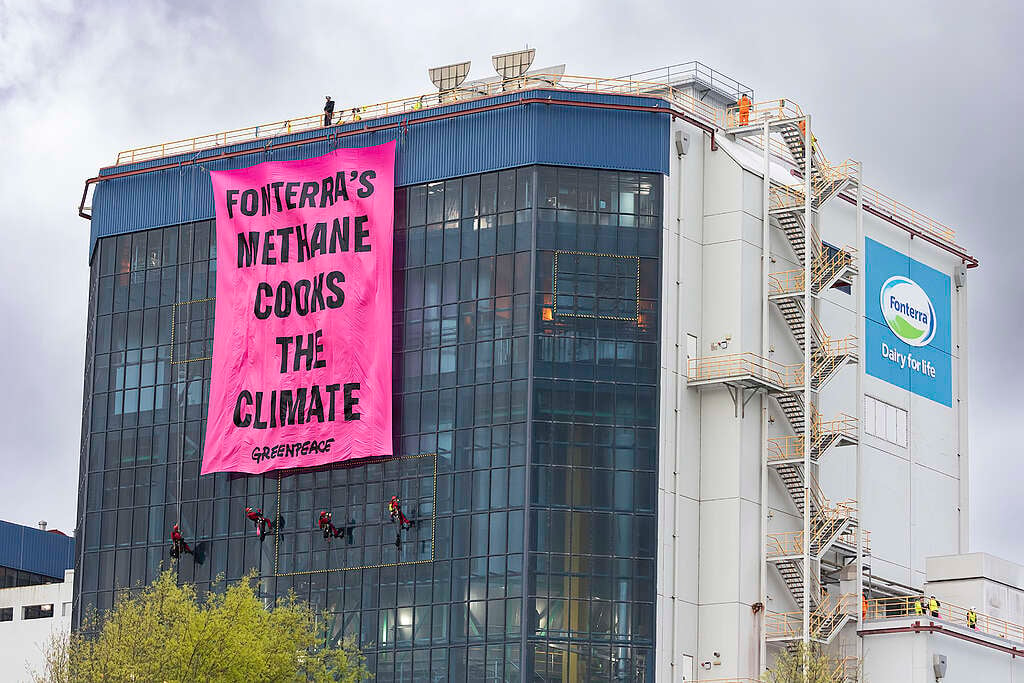
When the biggest dairy company in the country – and the biggest dairy exporter in the world – admits New Zealand is not the most efficient, you probably should take it seriously.
In 2024, Fonterra reported that emissions from its New Zealand dairy farms were 20 percent higher per kilo of milk than their Australian counterparts. This challenges the common refrain that New Zealand produces the world’s lowest carbon dairy.
One of our biggest customers says New Zealand isn’t the most efficient dairy producer
Nestlé is Fonterra’s largest ingredients customer. Its chief dairy buyer confirmed in 2024 that emissions from New Zealand dairy are not the lowest by global comparisons. In fact, he went further, challenging the New Zealand dairy sector to step up its efforts. Otherwise, we risk being overtaken by Europe and North America.
This doesn’t seem to align with the common argument that New Zealand dairy farming is the “most efficient” in the world. In fact, Nestlé says New Zealand isn’t moving fast enough to keep up with the company’s demands for lower emissions dairy. Their representatives have hinted that one of our most important customers could easily look elsewhere if we don’t catch up.
That’s why agribusiness lobby groups like Federated Farmers, Dairy NZ and radical groups like Groundswell are exposing New Zealand farmers to economic risk by pushing hard against climate action. And New Zealand politicians – Christopher Luxon included – are also letting farmers down by caving to lobby group pressure.
What is the science behind claims that New Zealand’s dairy is the most climate-efficient?
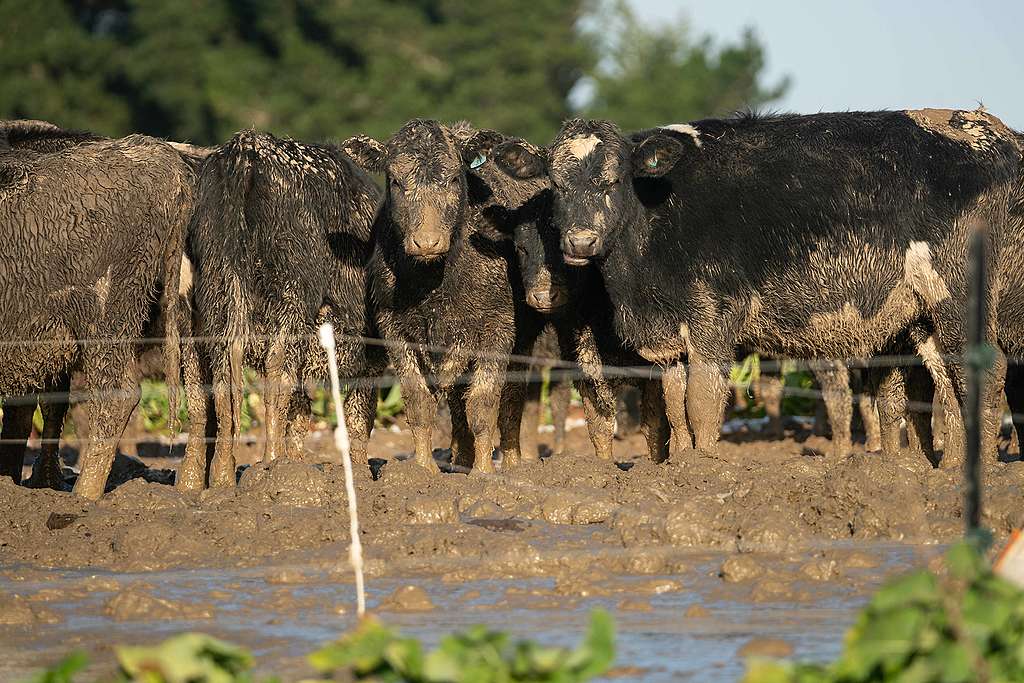
When making this claim, industry lobbyists and politicians refer to one single study. That study, funded by lobby group Dairy New Zealand, was carried out by AgResearch.
The methodology behind the study has been criticised. Even the researchers themselves don’t have the confidence to claim New Zealand is number one “without a more detailed study”.
In a nutshell, the research isn’t comparing apples with apples. The New Zealand research compared dairy emissions here to existing studies of dairy emissions in other countries, which used different methodologies. The researchers acknowledge that more accurate research for other countries could change the numbers – and that they wouldn’t necessarily favour New Zealand.
The upshot? New Zealand politicians and agribusiness lobbyists base their claim that New Zealand is “the most efficient” dairy producer on a single study that the researchers themselves say is insufficient to prove this claim. So how can New Zealand dairy farming be the most efficient in the world?
The OECD says New Zealand is very inefficient at producing food
When we ask “is New Zealand dairy the most carbon-efficient in the world?”, it’s a bit like asking: “is oil from Saudi Arabia more or less climate efficient than oil from Canada?”
Ultimately, this is the wrong question. What we really want to know is: “what is the most efficient way of powering our transport systems?” When put this way, we are able to consider other ways of making energy like electricity from solar and wind that goes into electric trains, cars and bikes.
So the question we actually want to know the answer to is: “is food production in New Zealand more or less efficient than in other parts of the world?”
The answer to that question is, unfortunately, no. The OECD has found that New Zealand farmers’ emissions produce little economic value. When it comes to CO2 produced per US$ of output, New Zealand ranks the sixth worst in the OECD.
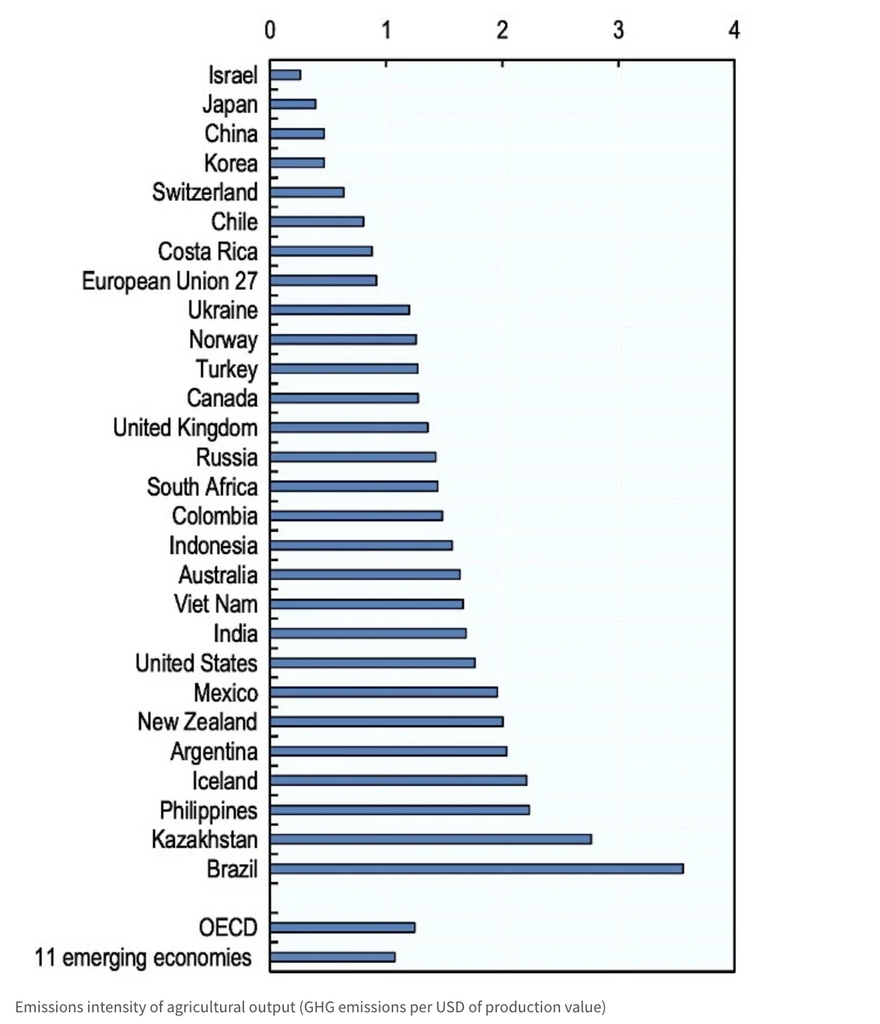
Why is that? Because New Zealand’s agriculture sector is so heavily-weighted towards producing milk powder and other livestock products. New Zealand exports as much as 95% of our dairy – more than any other country in the world. Our nation is essentially being treated like a mine for milk powder. New Zealand dairy farming is absolutely not the most efficient in the world, and it’s time for our politicians to stop claiming it.
Where is this milk going? Is New Zealand dairy feeding the world?
The biggest customers of New Zealand dairy include Nestlé, Mars and Starbucks. It is used to make familiar products like Kit Kats, Snickers bars and M&Ms that are sold all over the world.
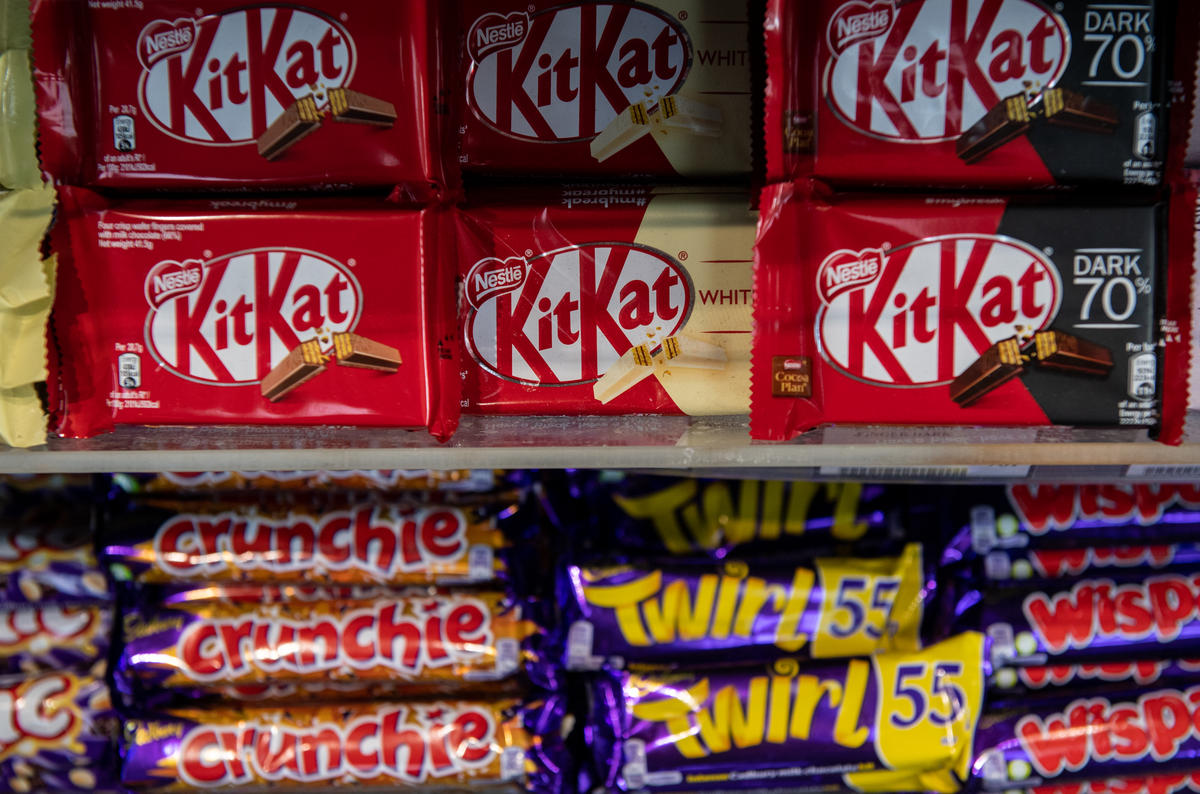
Another major customer of New Zealand dairy is Chinese food service companies. In fact, Fonterra is expanding the capacity of its factories to make more UHT cream because of an increase in demand for luxury foods like cakes in the Chinese market.
Fonterra reports that, in China, people are actively switching from plant-based products to dairy-based alternatives. Marketing by Fonterra and others portrays dairy as premium. So, when incomes go up, people choose to spend a bit more on luxury dairy items.
Contrary to industry lines, New Zealand dairy is not feeding the world. Some of the biggest customers for our milk are confectionery and luxury brands, making chocolate bars and cream cakes.
What should New Zealand farmers be producing instead?
Scientists have established that feeding a growing global population a healthy diet within planetary boundaries is entirely possible. But it requires a transformation of the global food system towards more plant-based, ecological agriculture.
Emissions from our food system could be cut significantly if high and middle income countries reduced production and consumption of meat and dairy in line with a planetary health diet.
Rather than treating Aotearoa’s land, rivers and air like a mine for milk powder, we could be a leader in ecological food production. What we need is political and industry leaders with real vision. Instead we’ve got politicians, businesses and lobby groups that use greenwashing to try to mislead customers and the world about the impacts of New Zealand dairy.
It’s time to support New Zealand farmers to shift to more diverse, plant-based ways of farming. Some farmers are already making the switch, like The Regenerators – forward-thinking farmers who have been leading the way. But a lot of dairy farmers are up to their eyeballs in debt and locked into a high-volume, low-value way of farming that is hard to get out of, without support.
A billion dollar ecological farming fund?
Greenpeace has long been advocating for a Billion Dollar Ecological Farming fund to support farmers to make the switch. There are tangible policies that could be implemented right now to cut emissions from agriculture.
It’s also what customers are looking for. Between 2020 and 2024, the organics sector grew from NZ$723 million to NZ$1.18 billion. Exports of organic products grew at nearly twice the rate of total primary sector exports. Global demand for ethical, low-emissions food is growing and decision-makers would be wise to keep up so that New Zealand farmers can benefit.
Ultimately, shifting to more plant-based, ecological farming will be better for rivers, for animals and for human health. It can put more money in the pockets of farming families, instead of large corporate dairy farms. And it can produce healthy food for New Zealanders and the world.
That’s a vision worth fighting for, don’t you think?


